Samsung Galaxy S20 Ultra hands-on review: Room to zoom?
Samsung’s latest Galaxy variant impresses, but struggles to wow
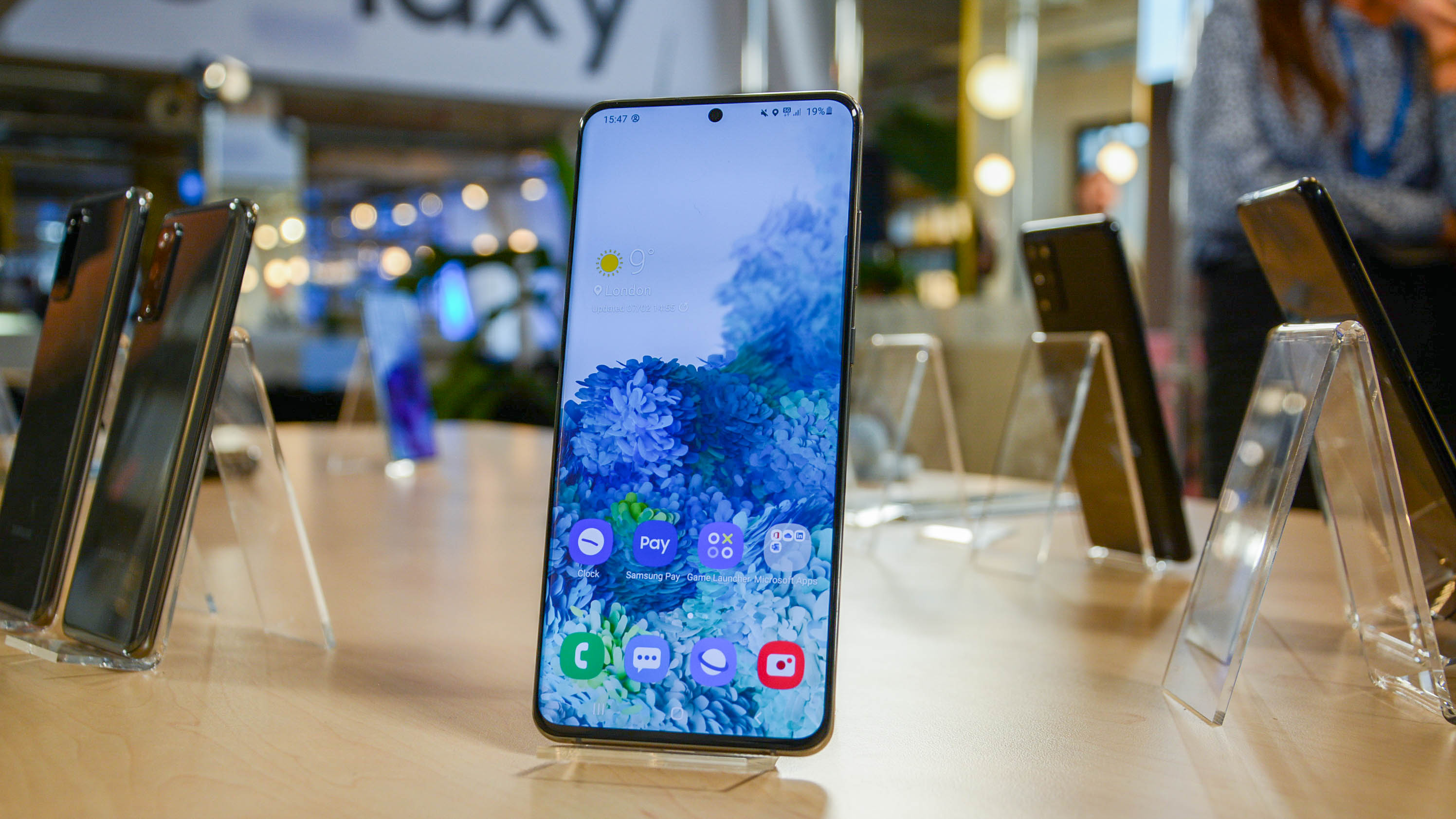

Samsung has officially added another model to the slew of devices that make up its Galaxy portfolio; in addition to the Note, S, and S+ ranges, we now have the ‘S Ultra’ range. Debuting in the form of Samsung Galaxy S20 Ultra, this new variant represents the pinnacle of the company’s smartphone design (in the traditional form factor, at least) and is broadly analogous to Apple’s iPhone 11 Pro Max.
So what, besides another variant to keep track of, does the S20 Ultra bring to the table - and will it be enough to convince buyers to splurge on the £1,199 asking-price?
Samsung Galaxy S20 Ultra hands-on review: Design
The S20 Ultra will be immediately familiar to anyone who’s so much as glanced at a Samsung device from the last three years or so. The South Korean company hasn’t changed much about the aesthetic, and it’s still defined by sleek rounded lines, a gorgeous edge-to-edge display and a smooth glass rear.
It’s almost identical to its siblings, the S20 and S20+, aside from its size. While the S20 is relatively petite, the Ultra feels noticeably weighty, which isn’t that surprising, considering it weighs 220g with a thickness of almost 9mm and a screen measuring 6.9in across the diagonal. The biggest bulk, though, comes from the camera enclosure, a square affair which sticks out by several millimetres from the back of the phone.
We’ll explain why it’s so large shortly, but it’s one of the chunkiest camera modules we’ve seen to date and aside from the ‘wart wobble’ that it will cause when face-down on a desk or table, we can see it getting snagged on trouser pockets and the like.

One thing that has changed compared to the S10 models is that the dedicated Bixby button has mercifully vanished. This has been more of an annoyance than an aide ever since its first appearance, and frequently led to us accidentally activating Bixby on previous devices; suffice to say, we’re glad to see the back of it.
Samsung Galaxy S20 Ultra hands-on review: Display
If there’s one thing you can count on Samsung phones to provide, it’s luscious displays. The company has an outstanding track record with smartphone screens, and the Ultra’s display is as eye-catching as you’d expect based on its pedigree.
Sign up today and you will receive a free copy of our Future Focus 2025 report - the leading guidance on AI, cybersecurity and other IT challenges as per 700+ senior executives
Samsung Galaxy Tab S6 review: The best Android tablet out there Apple iPhone 11 review: A high-octane crowd pleaser Best business smartphones 2023: The top handsets from Apple, Samsung, Google and more Google Pixel 4 review: Delight and frustration Samsung Galaxy A90 5G review: Simply the best value 5G phone
Like the S20, it uses a 3,200 x 1,440 QHD+ resolution, meaning the 6.9in dynamic AMOLED panel has a pixel density of 509ppi. As with all Samsung’s AMOLED displays, contrast looks effectively perfect, while colours look rich and vivid. If it’s anything like previous devices, we’re expecting the panel’s accuracy to be all but flawless.
So far, so boilerplate - but what Samsung has added for the new generation is a 120Hz refresh rate, beyond even the 90Hz boasted by the OnePlus 7T. This means that swiping around the interface is a fantastically smooth experience, although most video platforms won’t support such a high framerate yet. It’s also going to be a boon for gaming, if that’s your thing.
Samsung Galaxy S20 Ultra hands-on review: Specs and performance
As with every flagship over the past few years, an outstanding level of performance is basically guaranteed by the Ultra. It’ll be fast enough to power everything you need to do on a day-to-day basis, as well as powering a full desktop environment to boot, thanks to DeX Mode.

This particular model is powered by an octa-core Exynos 990 processor - one of Samsung’s home-made chips, as per usual - and either 12GB or 16GB of RAM, depending on the configuration. (NAND shortage? What NAND shortage?) The whole thing is powered by a 5,000mAh battery, which will have some heavy lifting to do. Maintaining a decent battery life with all that going on under the hood may prove to be a challenge.
Samsung Galaxy S20 Ultra hands-on review: Camera
While smartphone innovation has been at something of a standstill in most areas, camera technology has continued to evolve apace, and the S20 Ultra’s camera is a particularly impressive example. It features three lenses, including a 108MP f/1.8 lens, a 12MP f/2.2 ultra-wide lens and a 48MP f/3.5 10x telephoto lens, as well as a ‘DepthVision’ sensor.
There’s also a fancy new feature which Samsung is calling ‘Space Zoom’, promising 100x magnification on photos. It has achieved this by constructing the lens assembly for the telephoto camera sideways and using mirrors to reflect the light into it (that’s the main reason for the increased thickness of the camera module), combining that with ‘AI-powered’ digital zoom technology to do the rest of the zooming.
While this is an impressive technical feat, actually zooming in that much renders the actual photos a smeary, impressionist mess that have more in common with Monet than the sharp images we’re used to seeing from Samsung’s cameras. That being said, pictures taken at up to 10x zoom look outstanding, and arguably better than we’ve ever seen from a Galaxy phone.
Elsewhere, there’s a bunch of new camera features, including improved video stabilisation, 8K recording (although not at the same time), manual video controls and new editing and rendering tools. There’s also a new ‘Night Hyperlapse’ mode and a Single Take Mode, which allows you to simultaneously capture multiple different kinds of images and video with a single button press so you don’t miss fleeting moments. The front-facing camera is also a surprisingly powerful 40MP f/2.2 sensor for pin-sharp selfies.
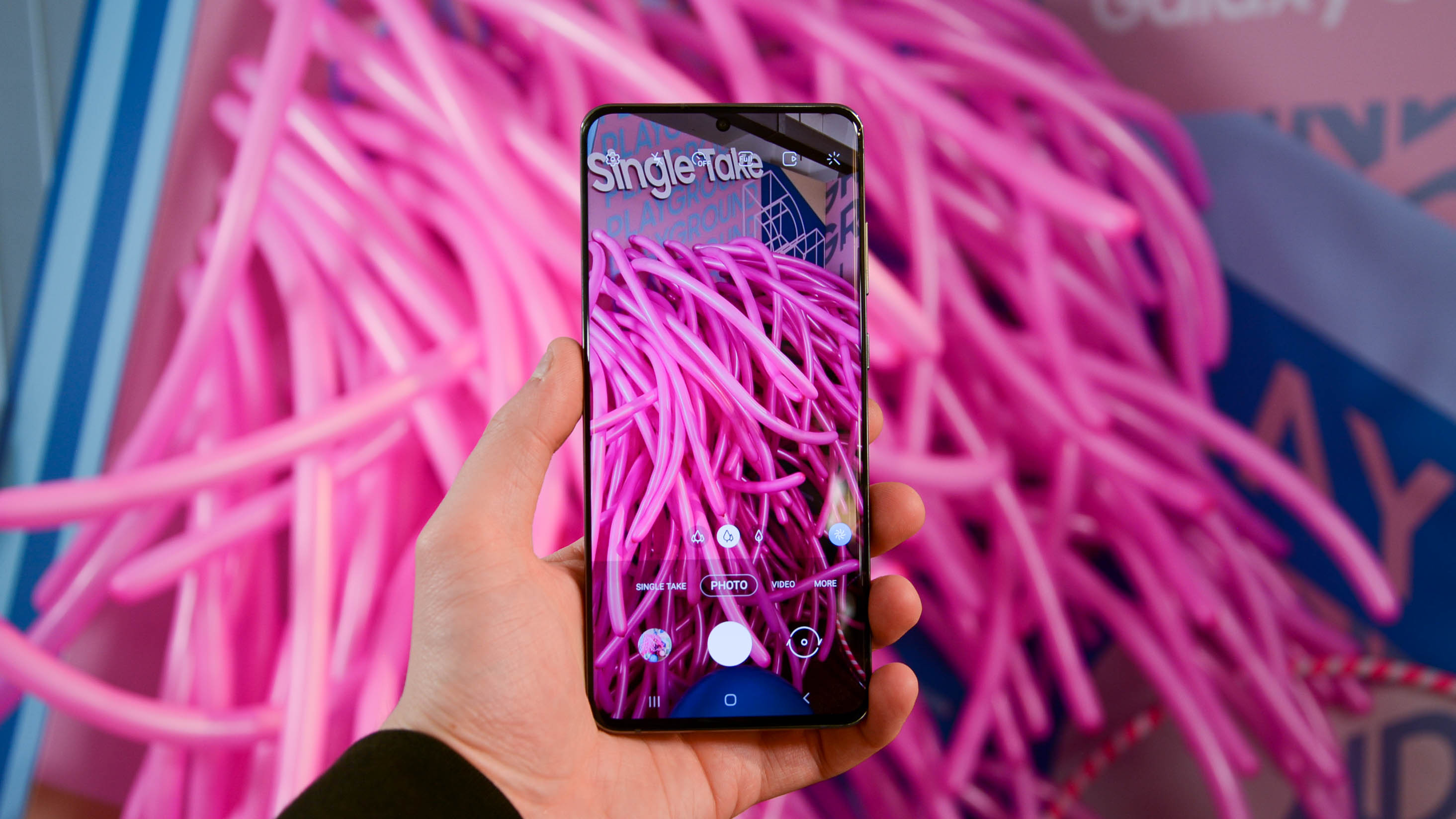
Samsung Galaxy S20 Ultra hands-on review: Features
Unsurprisingly, a raft of fan-favourite features have made a return for the Ultra, including expandable memory (up to a 1TB maximum), IP68 waterproofing and power management features such as fast-charging, wireless charging and wireless power-sharing. There’s also some new Bixby features for the handful of people that actually use it, like a Spotify integration for personalised playlists based on your routines.
A more useful integration is that Google’s Duo video-calling service is now built directly into the phone and contacts apps, allowing users to start video calls without switching apps. There’s also exclusive features for the S20 range, including wide-angle and FHD calling. The S20 Ultra is also 5G-compatible - but unlike the rest of the range, there's no 4G variant.
Samsung Galaxy S20 Ultra hands-on review: Early verdict
It’s clear that Samsung has packed pretty much everything it has into the Galaxy S20 Ultra, and it appears to live up to its name; it’s a serious achievement on a technical level. It’s undoubtedly the most advanced phone Samsung has ever made, and yet first impressions of the device have somehow left us a little cold. The vanilla S20 boasts many of the Ultra’s best features - such as the 120Hz screen - and the only thing that’s really unique to the Ultra is the souped-up ‘Space Zoom’, but whether that alone is reason to upgrade is debatable.
We’ll have to wait and see how the two devices stack up against each other once we’ve properly tested both of them. But our initial feeling is that, of the pair of them, the standard S20 represents a better option; it’s smaller, lighter, a fair bit cheaper, and with most of the same functionality.
Adam Shepherd has been a technology journalist since 2015, covering everything from cloud storage and security, to smartphones and servers. Over the course of his career, he’s seen the spread of 5G, the growing ubiquity of wireless devices, and the start of the connected revolution. He’s also been to more trade shows and technology conferences than he cares to count.
Adam is an avid follower of the latest hardware innovations, and he is never happier than when tinkering with complex network configurations, or exploring a new Linux distro. He was also previously a co-host on the ITPro Podcast, where he was often found ranting about his love of strange gadgets, his disdain for Windows Mobile, and everything in between.
You can find Adam tweeting about enterprise technology (or more often bad jokes) @AdamShepherUK.
-
 What businesses need to know about data sovereignty
What businesses need to know about data sovereigntyWithout a firm strategy for data sovereignty, businesses put their data and reputations at risk
-
 Anthropic says MCP will stay 'open, neutral, and community-driven' after donating project to Linux Foundation
Anthropic says MCP will stay 'open, neutral, and community-driven' after donating project to Linux FoundationNews The AAIF aims to standardize agentic AI development and create an open ecosystem for developers
-
 The Samsung Galaxy Tab S11 Ultra has more power, more AI, and much more battery life than its predecessor
The Samsung Galaxy Tab S11 Ultra has more power, more AI, and much more battery life than its predecessorReviews A wonderful slab of technology, packed with AI features, and the battery life is fantastic – very much a tablet worthy of the name, 'Ultra'
-
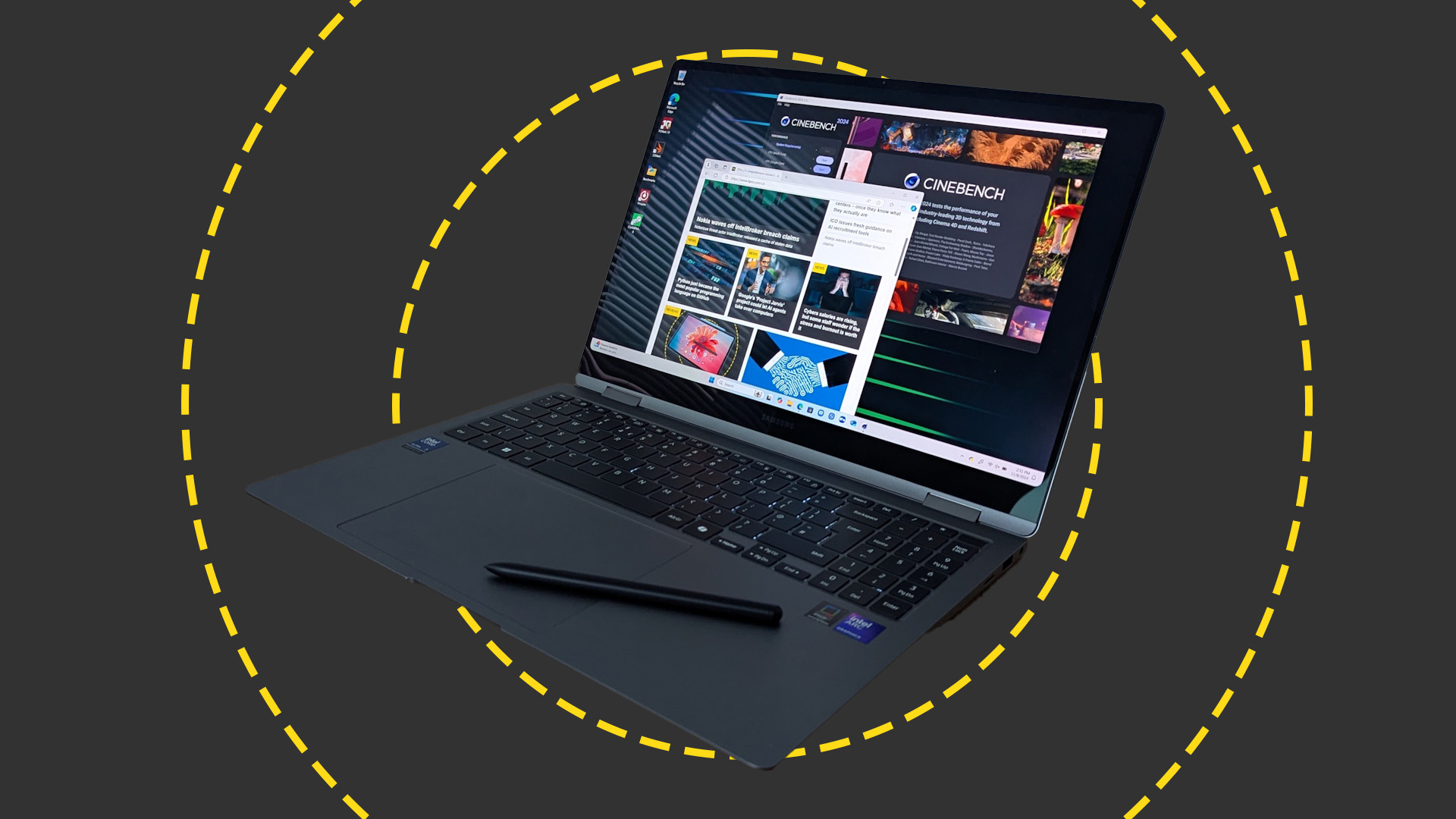 Samsung Galaxy Book 5 Pro 360 review: Almost the perfect big-screen laptop
Samsung Galaxy Book 5 Pro 360 review: Almost the perfect big-screen laptopReviews The Book 5 Pro 360 is a laptop you slowly get accustomed to, rather than one that feels right from the word go.
-
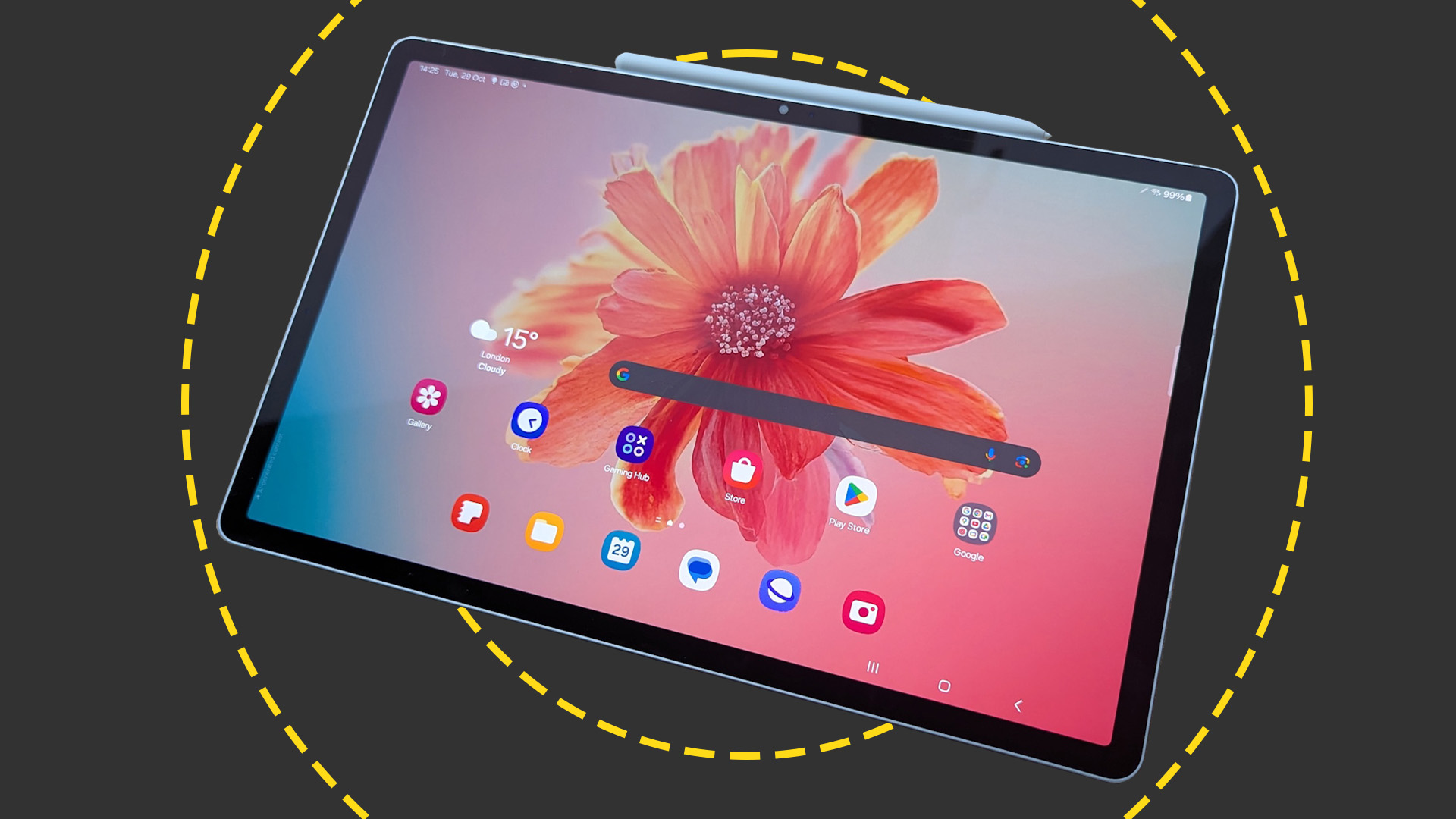 Samsung Galaxy Tab S10+ review: Possibly the best Android tablet for business
Samsung Galaxy Tab S10+ review: Possibly the best Android tablet for businessReviews With good performance, AI features and an exceptional screen, the Tab S10+ is the best Android tablet out there, if not quite the best tablet overall
-
 Samsung Galaxy Tab S10 Ultra review: Samsung's big-screen tablet is an AI-powered multitasking monster
Samsung Galaxy Tab S10 Ultra review: Samsung's big-screen tablet is an AI-powered multitasking monsterReviews The sheer size won't be for everyone, but the Tab S10 Ultra has the screen, performance, and multitasking prowess for serious work
-
 Rugged goes mainstream
Rugged goes mainstreamwhitepaper Why every business needs rugged devices to get the job done
-
 Why tougher doesn’t need to mean harder
Why tougher doesn’t need to mean harderwhitepaper Bridging the rugged and consumer device divide
-
 Samsung reveals plans for $15bn chip research center to break semiconductor scaling barriers
Samsung reveals plans for $15bn chip research center to break semiconductor scaling barriersNews The news follows the company's proposal in July to build 11 Texas semiconductor plants worth $191 billion
-
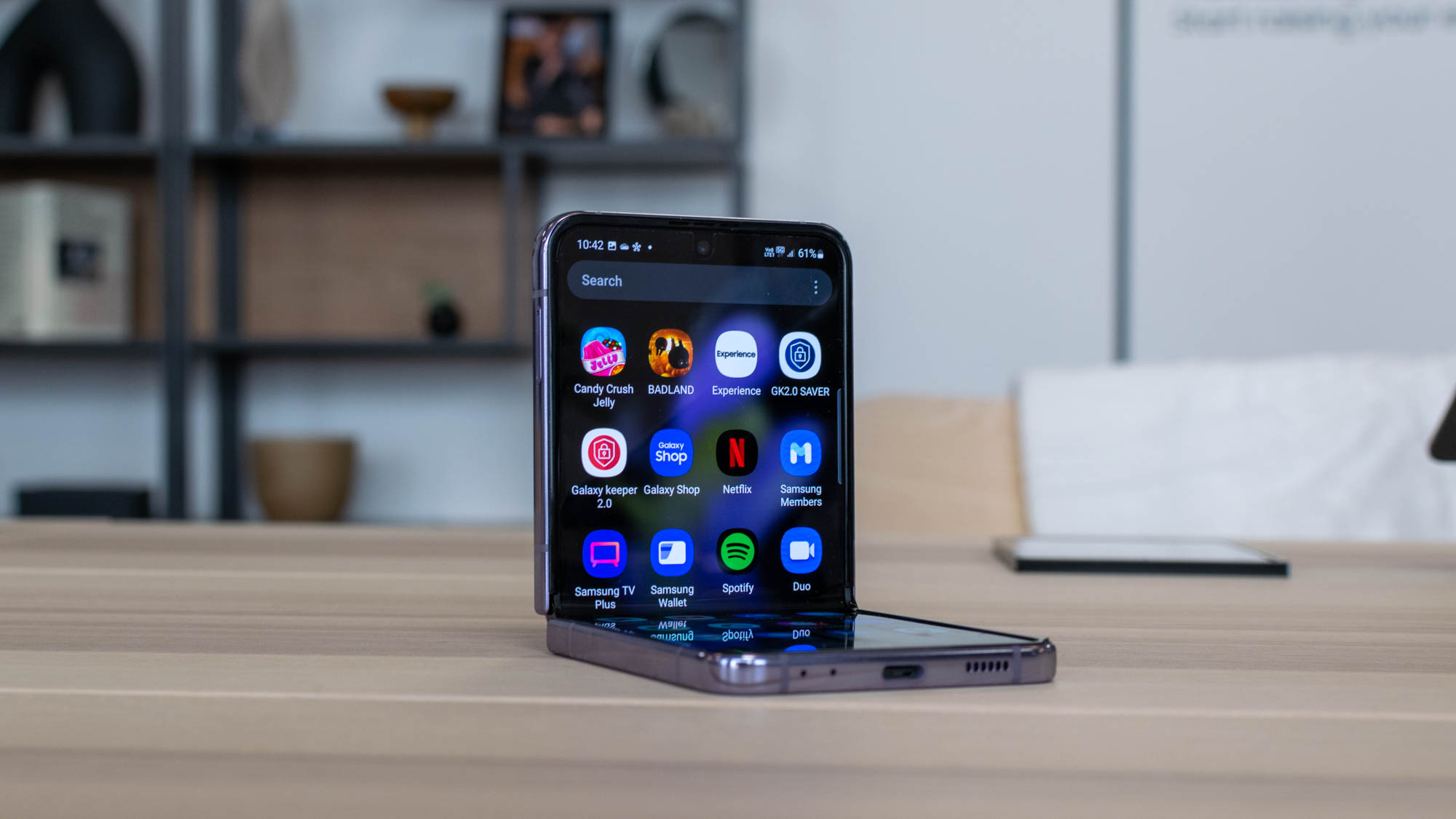 Samsung Galaxy Z Flip 4 hands-on review: A welcome (if minor) update
Samsung Galaxy Z Flip 4 hands-on review: A welcome (if minor) updateFirst look Samsung’s latest foldable is appealing, but does little to stand out from its predecessor
